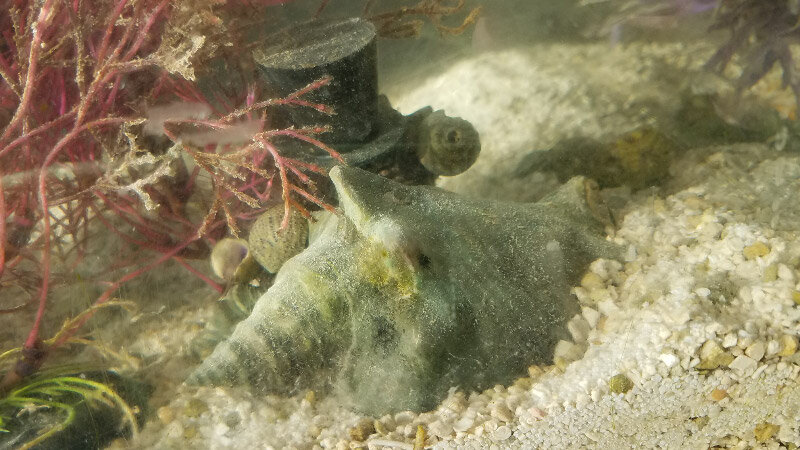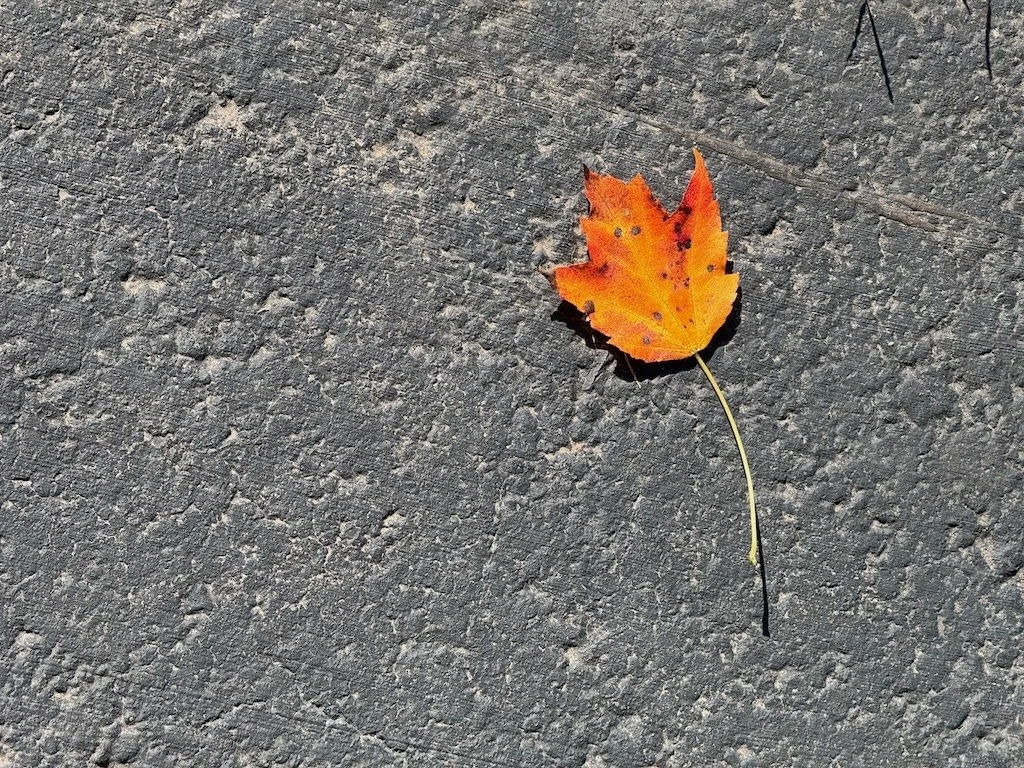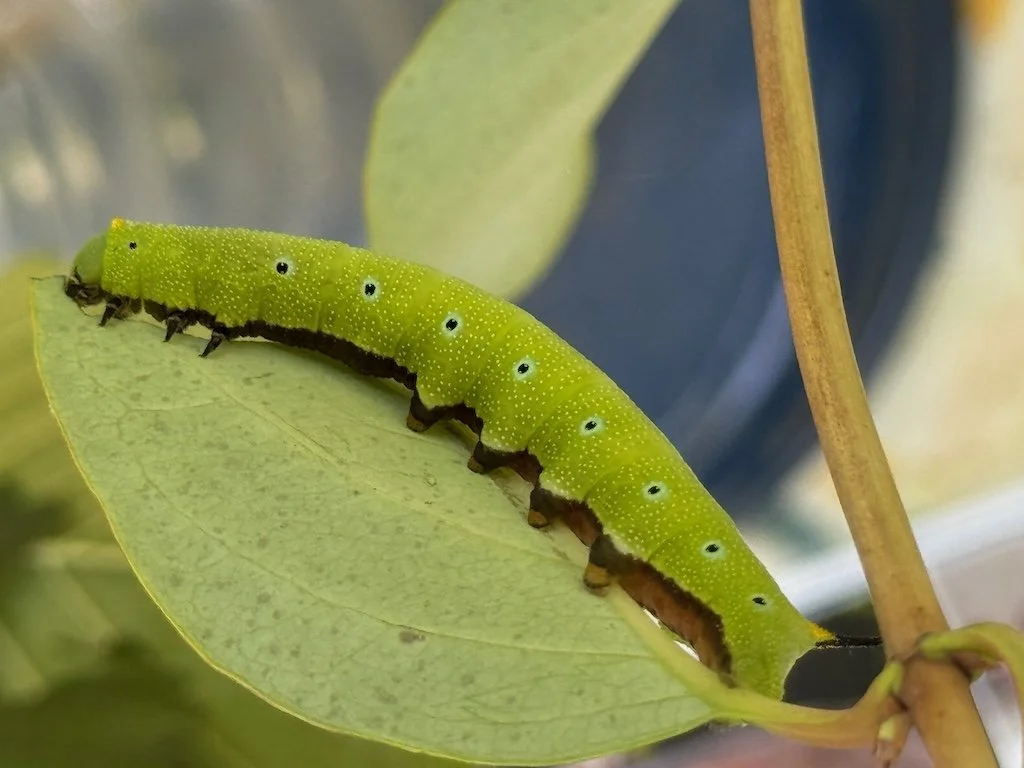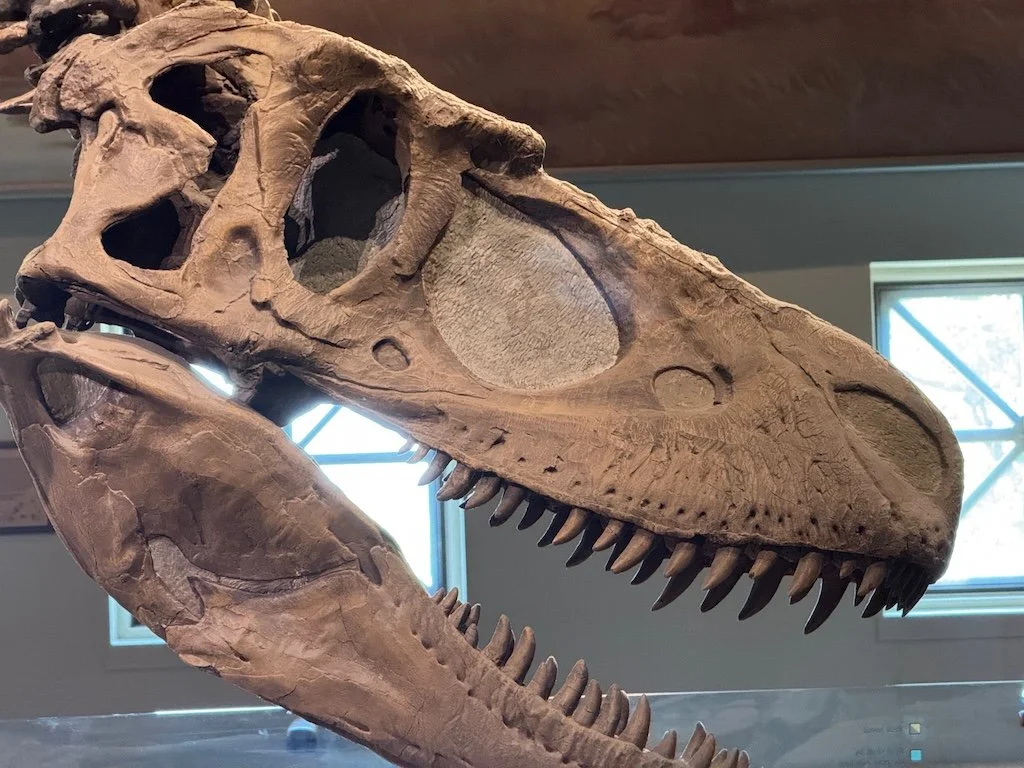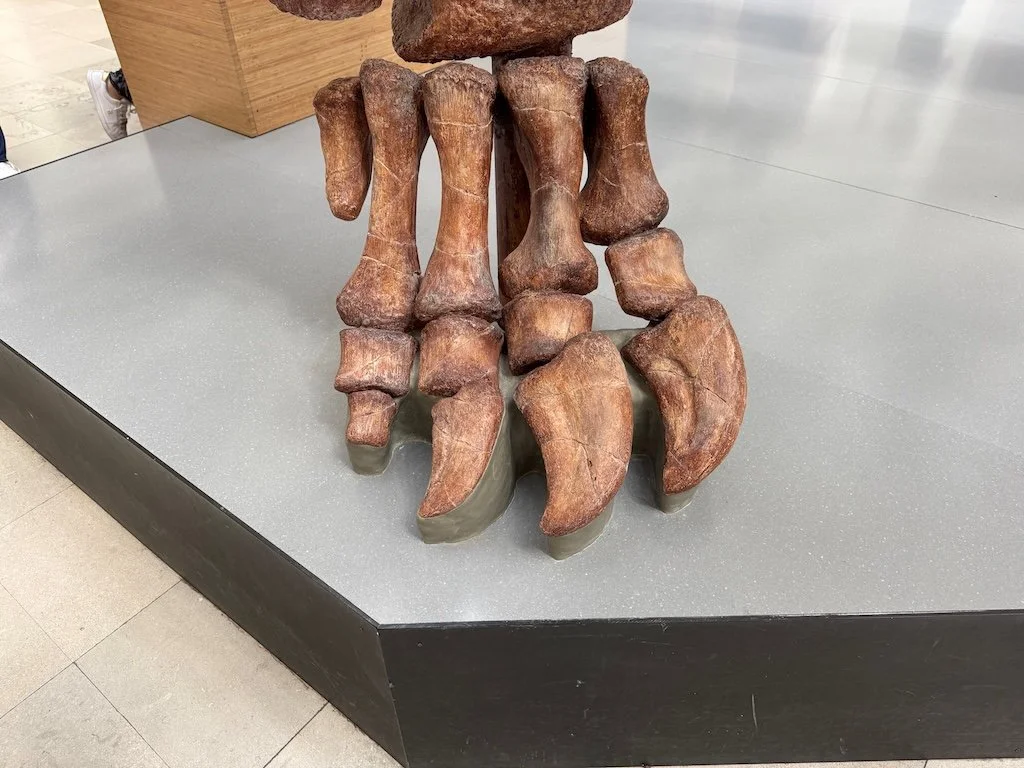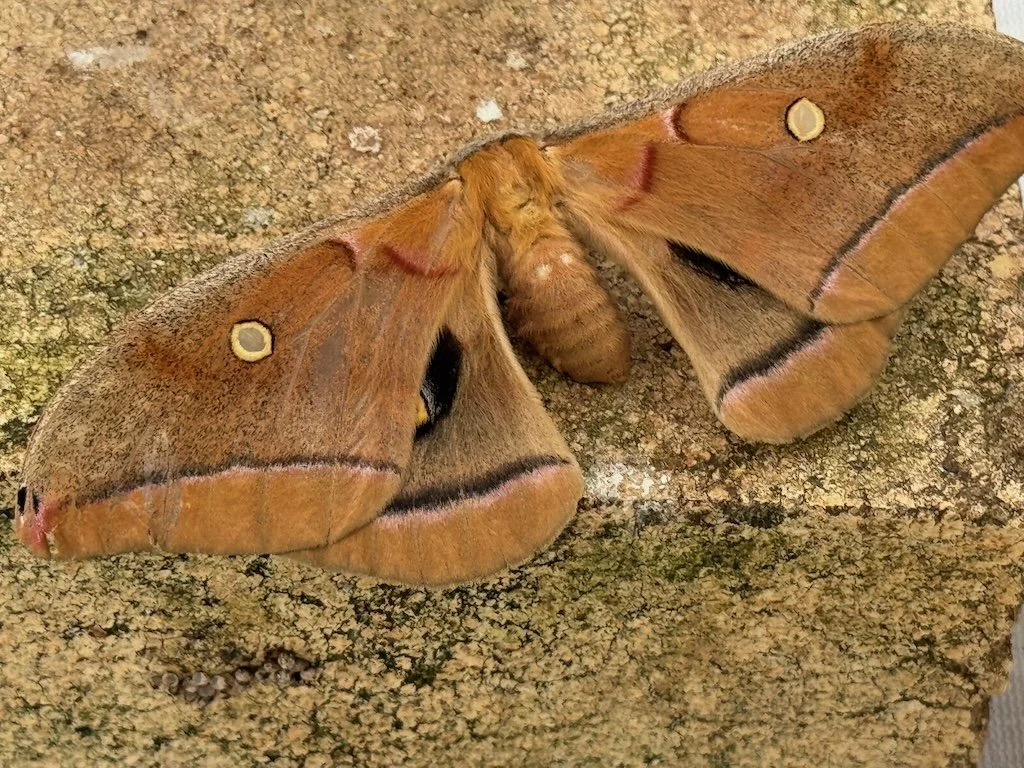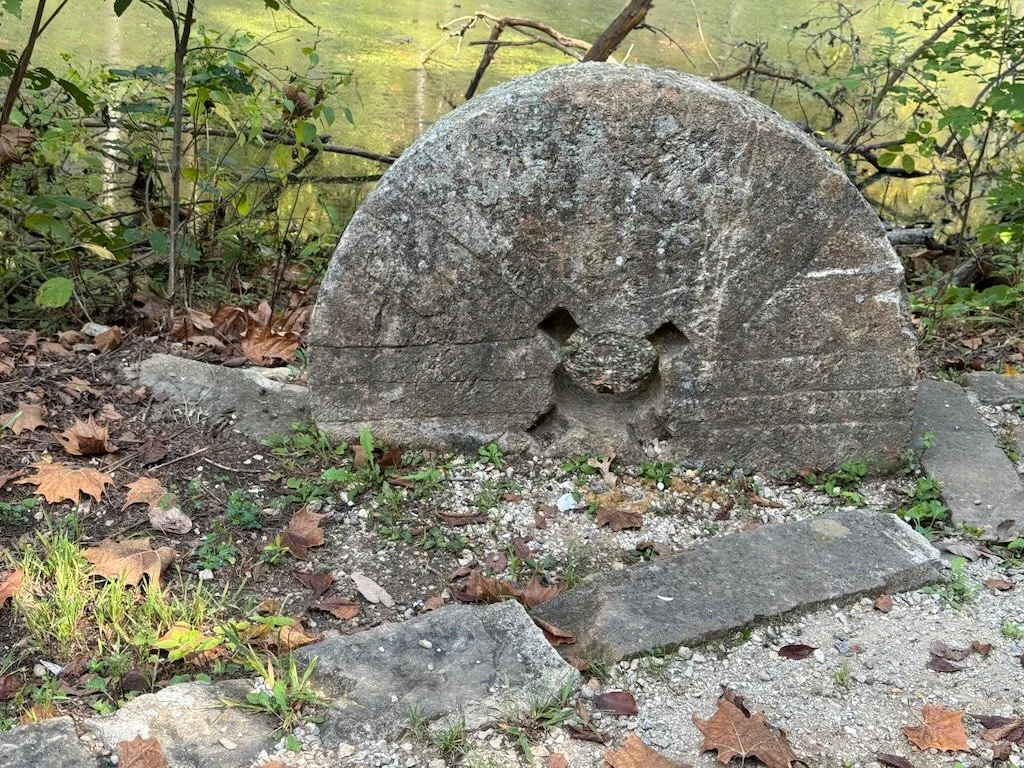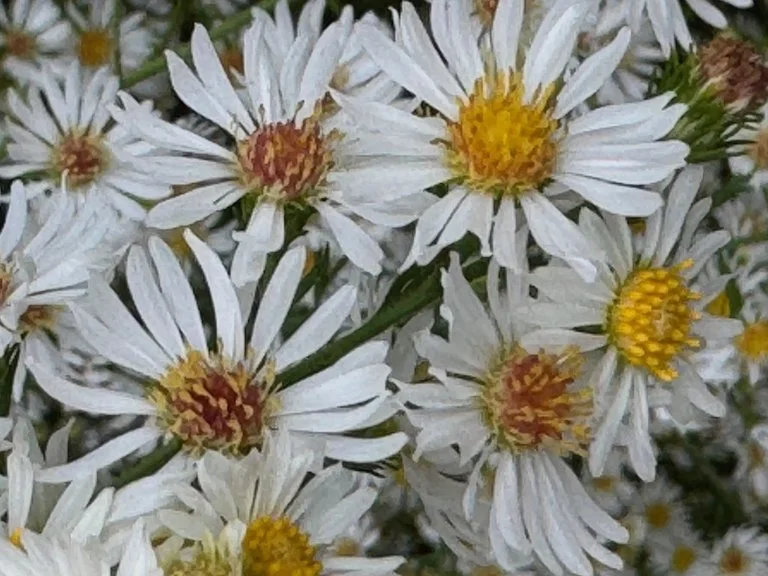Robinson Nature Center - Inside
/Last week, I was at Robinson Nature Center for my usual Sunday afternoon volunteering for the saltwater Touch Tank. It was a relatively busy day; there seemed to be more people in the room that usual when I started (I had one of the older children help me set up) and families seemed to just keep stopping by to see and touch the sea critters. The animals were tolerant enough of my handling and the children’s gentle (one finger) touches to still show off when they were on their own: the milk conch eating algae from the sand and the chocolate chip sea star holding firmly to the glass side.
In the only lull of the afternoon, I took a few pictures of the new extension to the wall painting in the Discovery Room. My favorite is the sycamore trees in winter.
The tulip poplar seed pods are in the scene too.
And then there are critters!
There are some people sketched into the scene…maybe the painting will be further along next time I am at Robinson.























